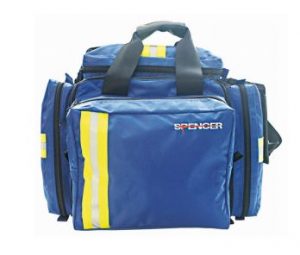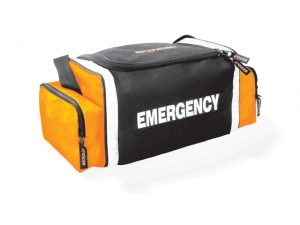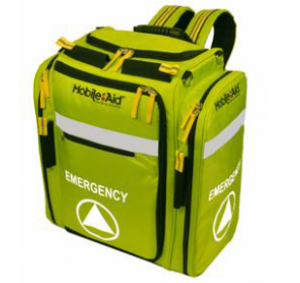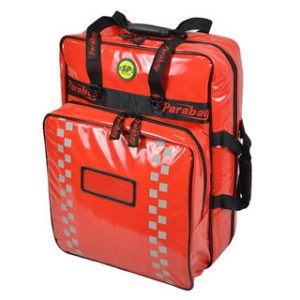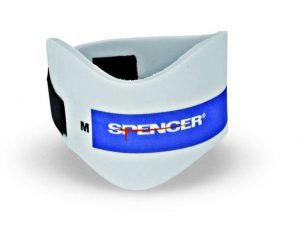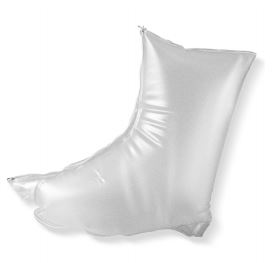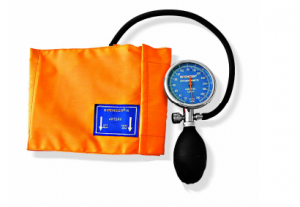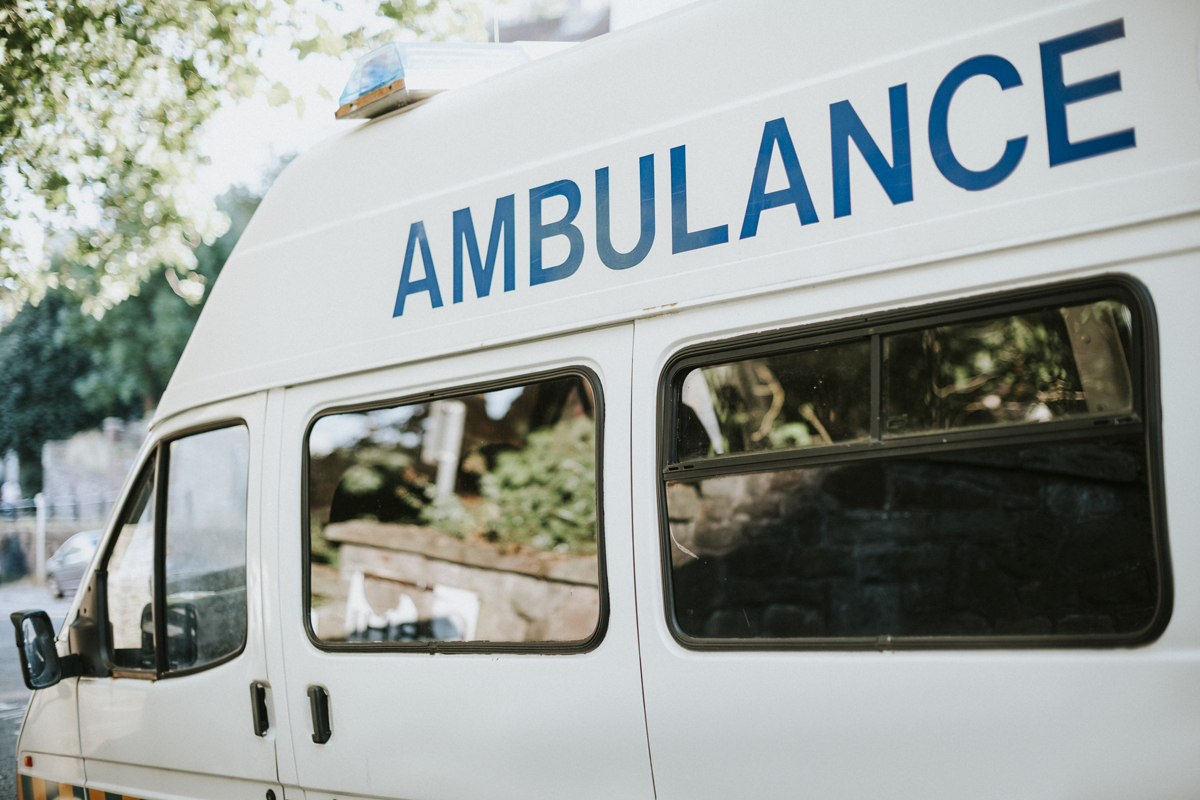
Photo by freepik.com
Emergency medical responders are called out for different kinds of emergency scenarios. Therefore, an EMS must be equipped with a wide range of equipment and devices so they can properly provide emergency care.
Here is the list of essential equipment mostly seen in an ambulance:
ECG Monitor and Defibrillator 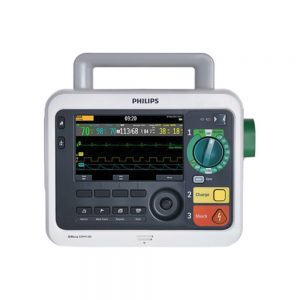
An ECG monitor tracks the vital signs of the patient as well as the measurement of electrical current running through the heart. The defibrillator that comes with the monitor delivers shock to the heart of the patient that is suffering from cardiac arrest or dangerous heart rhythm – arrhythmias.
Emergency Bag/Jump-Bag
Is a compact bag that carries all the important medical devices that a paramedic needs to bring to treat a patient at the rescue location. It is normally made with very durable materials because it is often heavy when all the medical devices are loaded in it. Most of the bags have highly visible colors like bright red, yellow and green, sometimes with reflective strip, to ensure that it is easily seen by the responders as well as the public for safety and immediate awareness.
Spinal Board
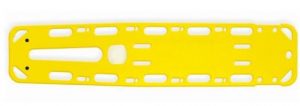 Is a straight solid board that is usually made with rigid plastic material with several handles around its edges to allow paramedics to load a patient with suspected spine injury in a safe aligned position and lift easily to be transported away from a difficult condition.
Is a straight solid board that is usually made with rigid plastic material with several handles around its edges to allow paramedics to load a patient with suspected spine injury in a safe aligned position and lift easily to be transported away from a difficult condition.
Suction Unit 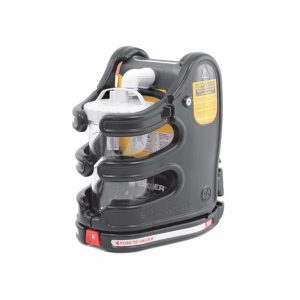
Allows the suction of fluids that need to be removed from the patient’s body (e.g. fluids blocking the airway). This is also crucial for the reduction of building pressure on the vital organs caused by internal bleeding.
Ventilator 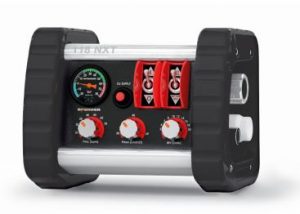
Are used by advanced life support (ALS) paramedics to help a patient breathe when an inadequate amount of air is entering the lungs.
Infusion Pump 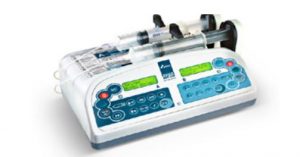
Can infuse or withdraw a controlled amount of medication from or into the patient’s body.
Cervical Collar/ Neck Brace and Splints
Cervical collars are used to immobilize a patient with suspected head and neck injury while Splints are used for the other injured parts of the body: hands, fingers, and limbs. This device is adjustable and may come in different sizes and looks, such as an inflatable version where the injured limb is inserted in an inflated transparent rubber material to reduce shock all over the injured part and ensure that movement is reduced.
Sphygmomanometer
Used to measure the blood pressure of a patient. The inflatable cuff creates pressure that cuts the flow of blood. When the cuff deflates slowly, the blood flows through your artery again and creates a vibration which will be detected by the meter.
Incubator
Used to keep the body of infants and neonates warm and safe during transportation.
Nebulizer
Turns liquid medication into a mist so it can be inhaled through the mouthpiece by the patient who needs immediate relief.
Sources:
https://coastbiomed.com/2019/02/20/9-common-pieces-of-medical-equipment-used-by-ems-teams/
https://www.emergency-live.com/ambulance/top-10-ambulance-equipment/

